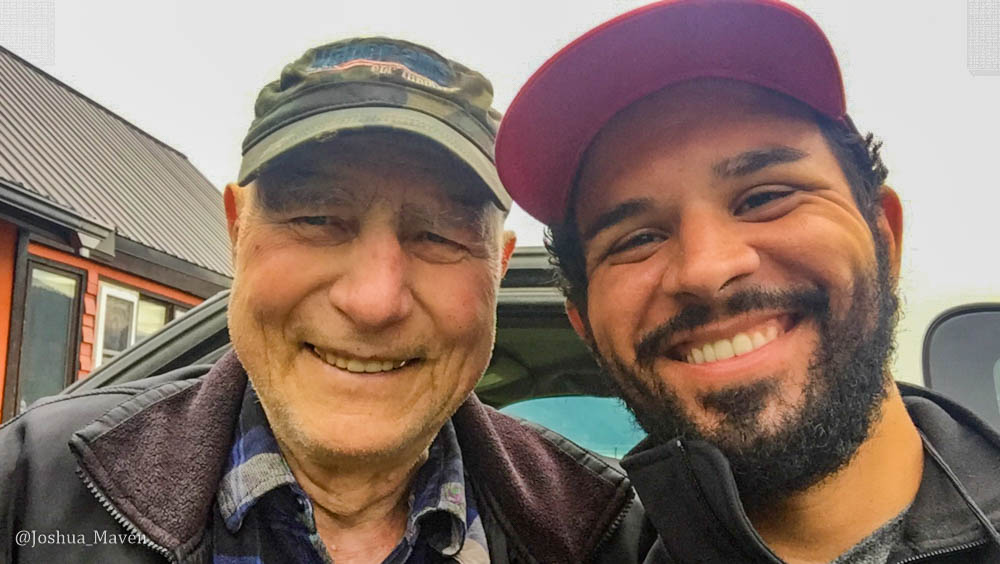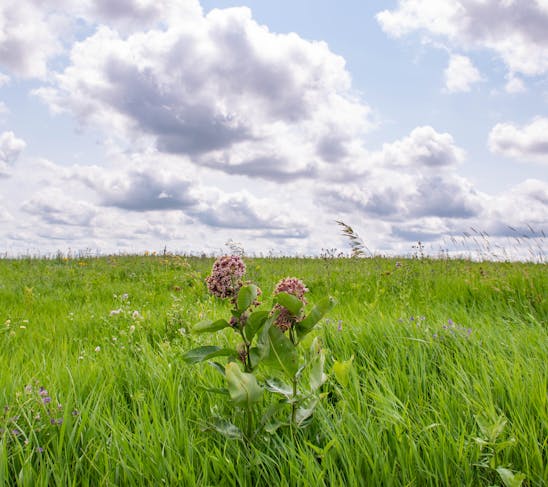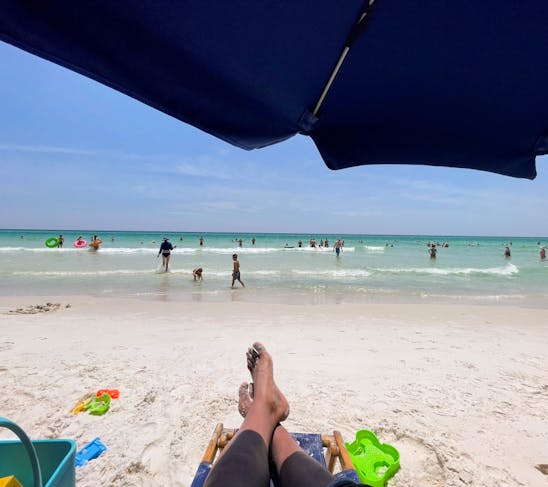It’s noon on Friday, July 18, 2015, and I’m mentally spent after what has become a self-diagnosed case of cabin fever. I’m officially in the final 12 hours of my nine-day writing session, seven of which had me working from morning until night—writing, studying, thinking, writing… I honestly have no desire to write anymore. The thought alone at this very moment makes me want to gag. Along with my dwindling attention span, my food rations continue to be depleted. I’m officially down to my last few eggs, a couple of pork chops and whatever splashes remain of a Maker’s Mark whiskey bottle.
My only real concern, if you can call it that, is finding a lift to town so I can pick up my rental car for the remainder of the time I’m here. It’s hard to believe that 17 days have already flown by. This time next week, I’ll bid farewell to this final frontier and begin my voyage home to Dallas, and to a reality I’m not quite ready to go back to.
There’s still so much more I want to do until then, like taking a whale-watching tour or scheduling a time to visit the nearby Kroschell Wildlife Center to see animals I may never otherwise encounter, such as a lynx, wolf and wolverine. And then, of course, if the salmon are running, I plan to spend some time at the Chilkoot River, rod in one hand, camera in the other, hoping to catch not only some fish, but also an early view of brown bears feeding upstream.
For such a small town, there’s quite the array of activities to keep a person busy here in Haines, some of which, for me, included a pair of hikes. The first was an approximate 4,000-foot ascent to the South Point of Mount Ripinsky, at the top of which provided quite the aerial view of the town and surrounding inlets. The second included a much more scenic walk through an old growth forest that eventually led to the rocky coastline of Battery Point.

Nowadays, there’s far too many reasons why a person would want to visit this place. There’s all sorts of elements that have combined to make the town what it is, but there’s one element, in particular, that made the area a prime-time destination back in the late 1800s.
The Klondike Gold Rush brought with it a flood of prospectors to nearby Porcupine Creek, located approximately 35 miles north of Haines, after gold was first discovered in 1898. A thriving community emerged seemingly overnight as miners funneled into the Porcupine area, staked their claims and tried to dig themselves out of the severe economic depression the US was experiencing at the time.
A few miles from my cabin is the entrance to the historic Dalton Trail, a type of old-school toll road that once provided access to Alaska’s interior, one of its stops being Porcupine Creek. Originally an exclusive 250-mile long trading route of the native “Tlingit” people, it was entrepreneur John “Jack” Dalton who realized its potential and began transporting goods via horseback. While the presence of gold in the area would forever change the local landscape, it would also come at quite the cost to the native Tlingit population, who could do little to oppose the invading settlers from swarming their lands.
Using a different type of horsepower, I drove my rental car up the trail and into Haines State Forest, where Sitka Spruce and western hemlock trees guided my nine-mile ascent to Porcupine Creek. Straight away, at the far end of the trail sits the “Big Nugget Mine” made famous by the Discovery Channel’s hit television show, “Gold Rush.” Fans of the show should know that the mine is owned by the local Schnabel family.

Before you reach the Big Nugget, however, the road veers to the right and passes over a small wooden bridge that leads to Porcupine Creek, the original location where gold was first discovered. Looking to cash in on some pay dirt of their own, local companies in Haines offered tours to both locations, giving visitors a unique experience of panning gold with several of the cast members like Parker Schnabel at the Big Nugget and “Dakota Fred” at Porcupine; however, those opportunities have since dried up now that the show has stopped filming in the area.
I happened to run into Parker’s grandfather and one of the owners of the Big Nugget, John Schnabel, down by the docks, and couldn’t pass up the opportunity to say hello to the 95-year-old former mayor of Haines. He said had just returned to town from a short stint in Anchorage, where he was visited by his grandson, Parker, who had traveled down from his mining operation in the Yukon and who Schnabel also described as “his most devoted friend.”
I explained that I was in town researching bald eagles, and through our discussion, I learned that Mr. Schnabel was a key player in the controversial negotiations to establish the Chilkat Bald Eagle Preserve. As the owner of a local saw mill at the time, Schnabel and other like-minded entities were less than thrilled over potential regulations that would adversely impact the local logging and mining industries.
On the other side of the argument were conservationists like the Audubon Society, as well as local Tlingit natives, who had also dug in their heels, intent on protecting the future of the bald eagles. In the end, Schnabel and others, realizing that a compromise was necessary to their own survival as much as it was the eagles, agreed to the eventual agreement that was formalized in 1982.

Friction between the native population and the “white man” may have dissipated through the years, but it certainly still exists, as was evident when two Tlingit men in a pickup truck approached me as I snapped pictures at the Chilkoot River. They said I looked different than most of the tourists and wanted to learn what I was about. The driver was a man in his 60s named Austin, a fact that created a common thread being that I’m from Texas. I smiled and said, “You don’t look like an Austin!”
He revealed that his name was given to him by the Presbyterian missionaries—the same missionaries who originally founded the town of Haines. I could tell by the way he spoke that Austin wasn’t particularly fond of his name, but like his ancestors before him, he said there was little he could do to change the reality of the situation. With a stern look in his eyes, he turned to me and said: “The white man are like the tide. They can’t be stopped!” I nodded my understanding, raised my brown-skinned arm as proof and replied, “Good thing I’m Hispanic!” He couldn’t help but smile.
Follow me on Instagram at @Joshua_Maven or @HonchotheVan, on Twitter @MaventheRaven or Facebook at Facebook/TheLastImperial.
* Sources - Alaska Mining Hall of Fame, Sheldon Museum, Sports Illustrated, NPS.gov
Postcards to Samuel
It's 8:00 p.m. on Wednesday, July 31, 2024, and I'm trying something a little different with this post. Instead of my usual blog format, I compiled a series of postcards that I wrote to my 10-month-old son, Samuel, during a two-week road trip I recently took to the Great Lakes. I plan to give him these postcards, along with others from future trips, when he's older in hopes that they will inspire him to chase his own dreams, whatever those might be.

False Summit
It’s 12:00 p.m. on Sunday, July 30, 2023, and I’m lounging at the beach enjoying the white sands and green waters of Florida’s Emerald Coast. Today is my 40th birthday and a relaxing getaway is exactly what I needed after a two-week road trip out west, where I hiked the highest peaks of Colorado and Arizona. The reasoning behind my latest excursion was simple: if I’m going to be “over the hill,” then I might as well be standing on top of a mountain.

Recharged
It’s 2:00 p.m. on Friday, Sept. 16, 2022, and I’m resting inside Honcho—my van—at the Taos Ski Valley Resort after successfully hiking Wheeler Peak, New Mexico’s highest point. I made the long drive west for a much-needed mental health getaway in nature. That, and it was a good excuse for me to test a new house battery I had installed the week before. Needless to say, my lungs and legs are physically exhausted after my 13,000-foot climb this morning, but the satisfaction that comes from summiting another mountain is just the feeling I was looking for.

